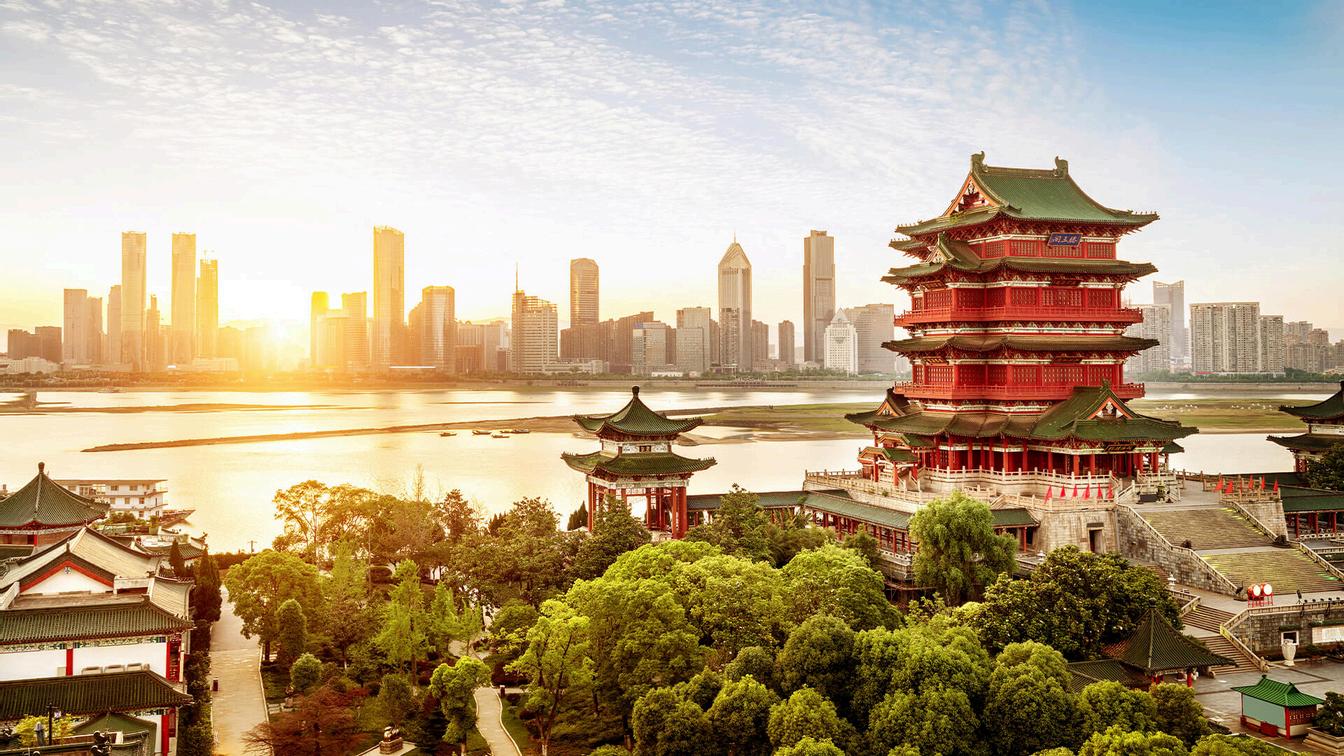




XiJinping’sEuroTourpage2
HainanIslandpage3
BalloonIncidentpage5
 Authors
Fillip Huang Kira Still
Design
Ema Pelescakova
Authors
Fillip Huang Kira Still
Design
Ema Pelescakova


Chinese President Xi Jinping have recently concluded a five-day trip to France, Serbia and Hungary. Scheduling his five-day trip this year are no coincidence. As China and France celebrate their 60th anniversary of diplomatic ties and 75thanniversary with Hungary and the 25th anniversary of the NATO bombing of the Chinese Embassy in Belgrade during the Balkan wars.
During Xi Jinping’s visit to France, he met with Emmanuel Macron and the agenda were Russia’s war in Ukraine, excess capacity in production EV’s and the trade imbalance with the European Union. However, as much as Macron tried to press with issues at hand, Xi Jinping appeared to have few concessions.
For China, both Russia and trade are almost non-negotiable. But where Xi Jinping and Emmanuel Macron find common ground is the US hegemony – including the quest for Europe’s allegiance to the US’s foreign policy – must adapt to an ever-changing geopolitical climate. Regarding the excess capacity, the Chinese leader simply denied it. Xi concluded his trip in France by receiving cognac and a trip to the Pyrenees Mountains.
As for Xi Jinping’s trip to Serbia and Hungary were marked by pledges of deeper collaboration and more investment coming both country’s way. These investments include a new high-speed rail between Budapest and their airport and a new high-speed rail between Budapest and Belgrade. These investments are financed as loans and are part of the Belt and Road Initiative (BRI).
Furthermore, Xi Jinping’s visit to Belgrade on the 25th anniversary of the bombing of the Chinese embassy also symbolizes China and Russia’s united front in opposing NATO’s eastern expansion. Regarding Hungary, they act as China’s gateway to the EU.

In domestic news, China has decided to create Hainan into a duty-free destination aiming to boost domestic consumption. Previously, Chinese consumers of foreign luxury goods have paid high taxes for said goods in the domestic market.
Hainan is an island and China’s southernmost province, and it is around the size of Belgium. It is a popular travel destination due to the warm and tropical climate. The capital is Haikou, located in the northern coast of the island.
According to Reuters, the industry has achieved tremendous growth as total duty-free spending has tripled from 2019 to 2023 and as of 2023 it has been reported that it has amassed around 6 billion US dollars. The industry has also grown due to the pandemic and its aftermath-- high travelling costs and other factors have led Chinese consumers to stay closer to home.
China also aims to aid Hainan to become a similar destination as Jeju, the South Korean duty-free island and compete against them. Hainan has attracted large conglomerates such as LVMH (that owns brands such as Loewe, Louis Vuitton and Fendi) and Kering (owning brands like Gucci, Saint Laurent and Bottega Veneta) hoping to gain more customers in the Chinese domestic market.
The goal for 2025 is for the island to become completely duty free and one of the perks for the luxury brands is that they do not need to depend on the previous partnerships such as China Duty Free Group. This means that the luxury brands can operate autonomously.
To sum up, China has plans to boost its economy by increasing domestic consumption and attempts to do so with the creation of a completely duty-free destination of Hainan.


This all began in 2023 when an alleged spy ballon flew over the United States causing quite a political stir and heightening tensions between the United States and China. This even prompted State Department Secretary Antony Blinken to cancel his then upcoming trip to China.
China’s foreign ministry had explained it as a weather balloon that had blown off course and accused the United States of overreacting. However, this incident caused a political outrage in Washington and has now resulted in more Chinese companies being added to the entity list. More specifically 37 companies have been added to the entity list.
The entity list is a trade restriction list, which the United States have used as an economic weapon to stem the flow of technology to China amid concerns of using it to bolster their military capabilities. Other companies have been added as they are suspected to build drones for Russia’s war in Ukraine. A firm added to the entity list makes it harder for US suppliers to ship to their customers.
More specifically these companies that have been added to the entity list are all within the fields of technology and electronics companies. Units of China Electronics Technology Group which the US believes are trying to steal American technology to boost their quantum technology capabilities, - “Which has serious ramifications for U.S. national interest”.
Whether it was a weather ballon or a spy ballon, trade restrictions have prevailed and tensions between the United States and China have only increased in the meantime.